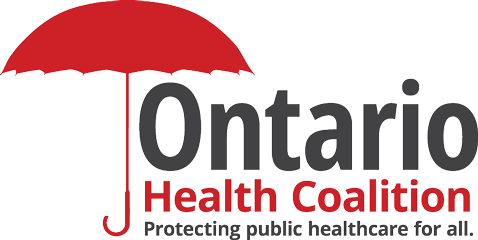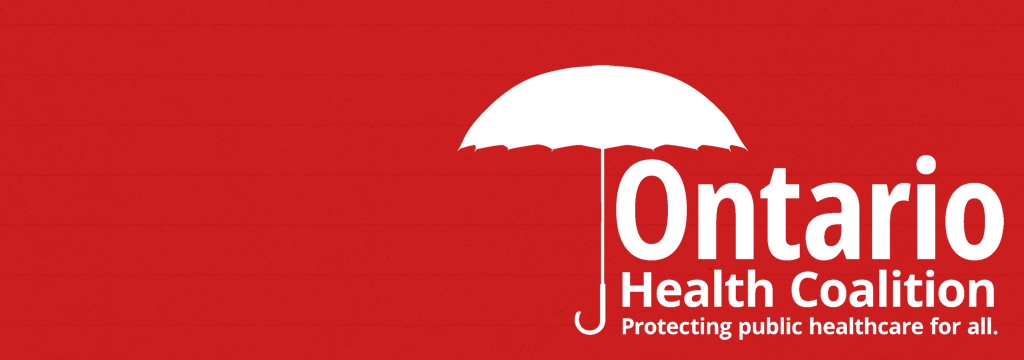Do private clinics offer faster cataract surgeries in Ontario?
Posted: June 11, 2025
(June 11, 2025) By: Mike Pearson, The Hamilton Spectator
A recent Toronto Star investigation found patients who visited private clinics for cataract surgery felt they had to pay between a few hundred up to thousands of dollars to bypass reportedly long wait times for better treatment, including upgraded lenses.
Cataract surgeries, diagnostic imaging and services at private nurse practitioner clinics are three examples of out-of-pocket fees Ontario residents may face when accessing care at private health facilities.
According to the CNIB, cataracts are the leading cause of blindness in Ontario, impacting more than 3.5 million people.
In a news release, Specsavers clinical services director Naomi Barber notes cataracts often develop slowly and without symptoms.
“Cataract surgery is low-risk and highly effective, with many patients reporting life-changing improvements in vision,” Specsavers adds in the release.
A 3D scan, known as optimal coherence tomography, can help an optometrist assess eye health and detect other factors contributing to visual impairment, in addition to cataracts.
Fees ranging from hundreds to thousands
Medically necessary cataract surgery is covered by Ontario’s Health Insurance Plan (OHIP). But patients accessing cataract surgery and related care at a private health facility could be hit with a bill.
A recent Toronto Star investigation found patients who visited private clinics for cataract surgery felt they had to pay between a few hundred up to thousands of dollars to bypass reportedly long wait times for better treatment, including upgraded lenses.
Natalie Mehra, executive director of the Ontario Health Coalition (OHC), said since the Ford government announced plans to redirect resources to private clinics to free up surgical resources at hospitals, cataract surgeries have been prioritized. The OHC has also received complaints about diagnostic imaging fees like MRIs at private clinics and private nurse practitioner clinics, Mehra added.
Patients misled about wait times
“People are not going to private clinics because the wait lists are too long,” Mehra clarified. “They are going to private clinics because that is where they have been referred by a family doctor or optometrist.”
When visiting a private clinic, patients can be misled about wait time length in a bid to secure out-of-pocket payment for surgery or for other add-ons, Mehra said.
Surgical and diagnostic wait times vary by procedure and geographical area. Patients can track wait times using the province’s online portal.
Triaged based on need
Patients who need cataract surgeries are triaged based on medical need, with a lower number representing the highest need. While there is no “priority one” because cataracts are not life threatening, priority two patients are seeing a specialist on average within 27 days and having their surgery within 85 days.
Patients with the lowest urgency are seeing a specialist within three to four months, with surgery taking place about three months later.
Complaints
Mehra said the OHC has fielded a significant number of complaints from patients who say they are being lied to about wait times.
The OHC notes that under the Canada Health Act, all medically necessary surgeries — including cataract surgery — and diagnostic tests (like lab tests, MRIs, CT scans and eye measurement tests for cataract surgery) are covered under OHIP. Patients cannot be charged for services that are covered by OHIP, the OHC adds.
For MRIs, Mehra said the OHC received a complaint from a patient who was charged $2,000 for medically necessary diagnostic imaging prior to heart surgery. While a receipt noted the charge was for contrast, Mehra said contrast would only be done if it was deemed medically necessary.
While Ontario does not have for-profit hip and knee surgery clinics, Mehra noted the government has hinted at expanding orthopedic and other surgeries outside public hospitals.
Mehra added the OHC has also received complaints about patients being billed out-of-pocket at private nurse practitioner clinics.
“The federal government has ruled on that and has told the provinces that they have to bring those clinics under public coverage without user fees and extra billing by April 2026,” Mehra said.
What to do if you’ve been billed
Ema Popovic, press secretary for Ontario Minister of Health Sylvia Jones, said in an emailed statement Ontario has provisions through legislation that prohibit a patient from being charged for an OHIP-covered service.
“This oversight was strengthened by our government through Bill 60, passed in 2023, which enhanced transparency to ensure no extra charges occur for OHIP-funded procedures,” Popovic noted. “If someone has been charged for an OHIP-covered service, they can contact the Commitment to the Future of Medicare Act program to open a review. Those who have been charged for an insured service will be reimbursed in full.”
Possible solutions
To help tackle surgical wait times and reduce the chances of getting a bill from a private health clinic, the OHC is urging the province to expand surgeries in public hospitals.
Last year, an OHC study found local hospitals in every region of Ontario had operating rooms sitting idle most of the time.
Mehra said public hospitals have underused operating rooms because they lack funding and staffing to run them.
“If the provincial government put the money it is using to fund private clinics into our public hospitals to expand surgeries, we would reduce wait times faster because they are paying the private clinics more than public hospitals,” said Mehra.


